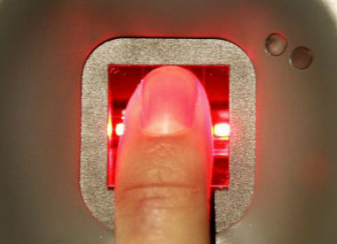TOWNSHIP, Pa. – A Pennsylvania school district is scanning students’ thumbprints, tracking all of their lunch purchases, and turning the data over to the federal government.
The Hazleton Area School District recently announced it would be providing free meals to all students, regardless of need.
The move comes after the federal government began incentivizing school districts to provide more meals to more students.
As The Citizens’ Voice reports:
While it would seem that providing all children with lunch would cost districts more, the pilot federal initiative turns that assumption on its ear. The initiative encourages school districts to move toward full participation by providing districts with reimbursements that will in fact absorb the cost of providing lunch to students of all income levels, whether they walk to school — or if a chauffeur drives them.
“We will at least break even, if not come out ahead because of federal reimbursement,” according to district superintendent Craig Butler.
The conclusion comes after the Hazleton district purchased biometric software to track students who receive free or reduced-cost lunches.
The student’s thumbprint was scanned each time he or she received a meal.
“This data provided by the biometrics was made available to the district and federal government for tracking purposes,” the paper reports.
Administrators are “unsure” whether they will continue the tracking scheme now that they have bountiful federal cash.
They didn’t indicate how the data was being protected, if it was identifiable to an individual student or how long the federal government would retain it. (Who cares when there’s Michelle O cash to be had??)
Similar fingerprint and tracking initiatives have been hit with stiff resistance from parents — when they knew about them.
Massachusetts’ North Adams Public Schools deployed a lunch payment program using scanners.
“It’s definitely going to streamline the system and make the transactions more accurate,” Nicholas says, iBerkshires.com reports. “Those that participate are able to see all those little transactions … we want to make sure those transactions are as transparent as possible.”
